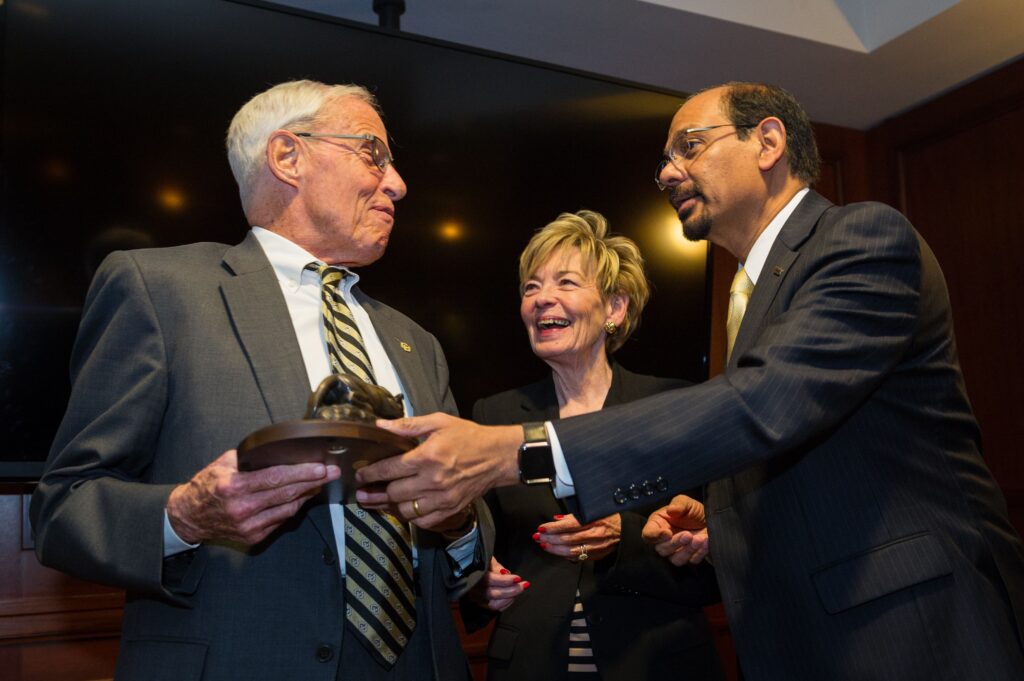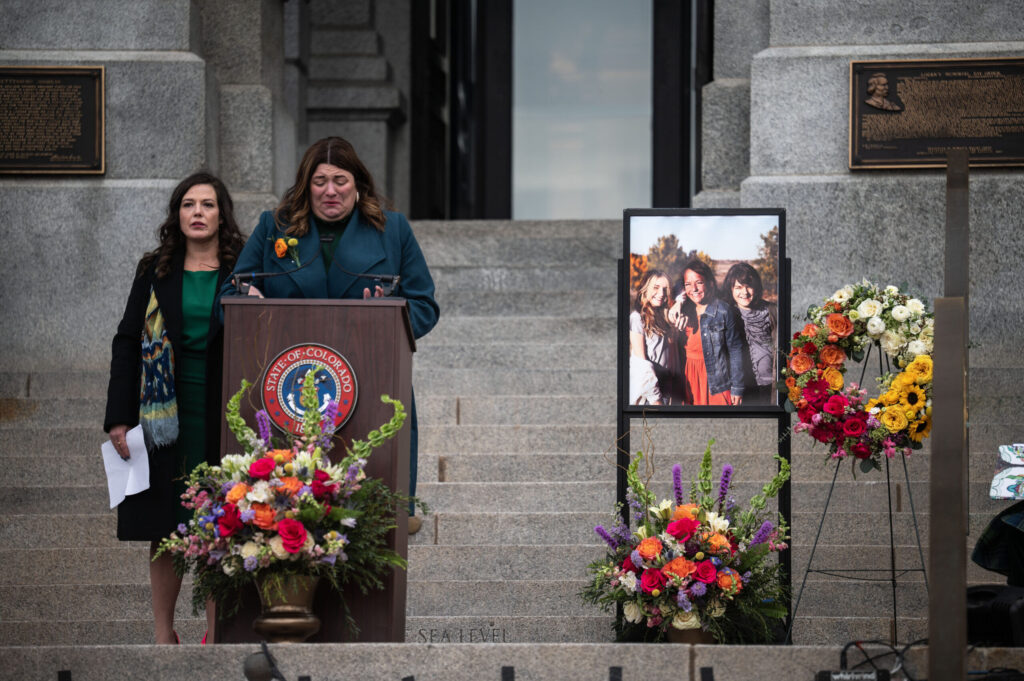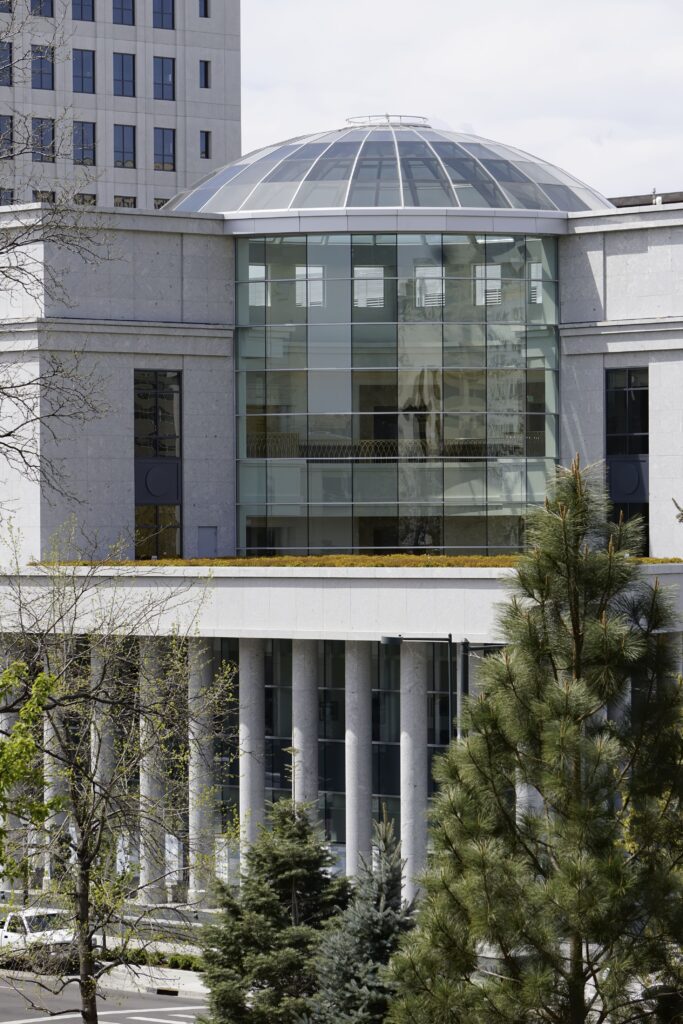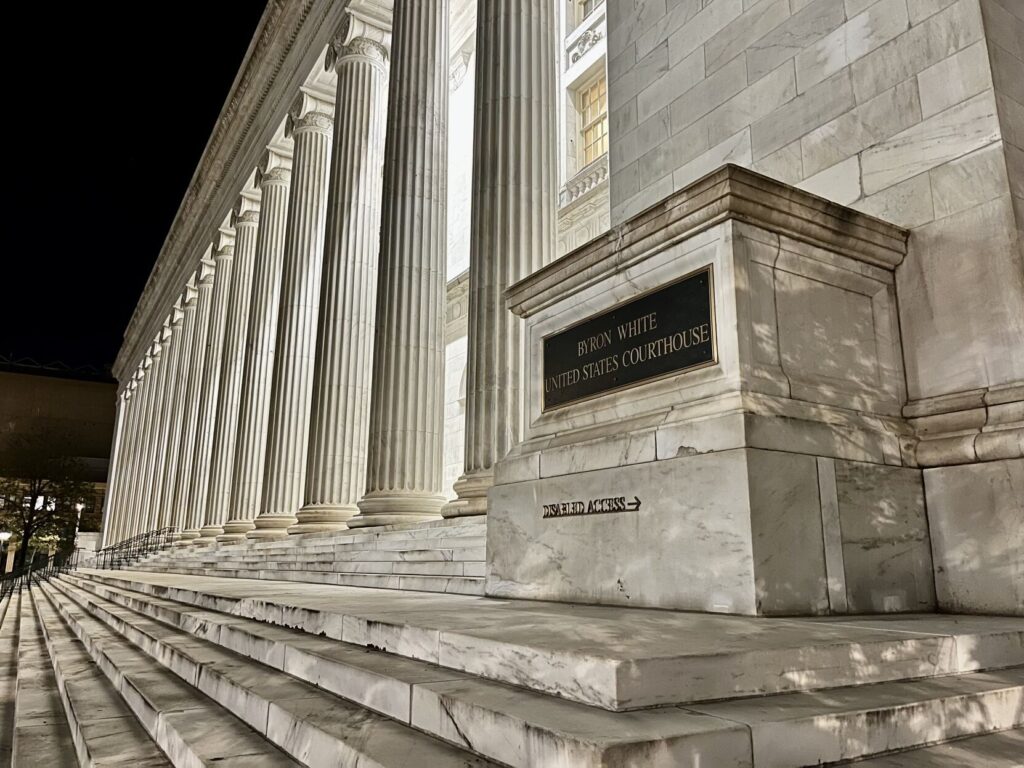DIA ballot measures touted as keys to economic growth

“Measure 1A is a quintessential win-win-win for Adams County, Denver and the entire metro region,” says M.E. Smith, spokesperson for the 1A for DIA campaign.
Smith is working with a veteran public affairs firm that has taken on bruising state initiative campaigns in the past, but she seems never to have had an easier job than the one she’s had the past two months. She’s tasked with making the case for the two-county ballot measures that would amend the 1988 agreement that created Denver International Airport.
The proposal would allow the kind of commercial development that promises to catapult the airport into the vanguard set of airports around the world that are really more like small cities of the future — a so-called aerotropolis. The idea, as demonstrated in places like Las Colinas, outside of the Dallas Fort Worth airport, is to make the airport a base for people, commerce and industry, tapping instead of rejecting or ignoring new global, digitally networked realities, where work schedules run 24/7 and business is conducted everywhere, where “corporate headquarters” can be an airport terminal or several airport terminals in different cities all at once.
DIA is already a regional economic powerhouse. It feeds $26 billion a year into the economy and, according to the 1A campaign, employs 35,000 people directly and 155,000 people indirectly, including people who work in coffee shops and shipping and nearby hotels.
The 1A proposal would lift restrictions written into the original airport charter on commercial activity not directly related to airport operations and aviation. If it passes, the airport will launch a pilot project and woo businesses to open shop on 1,500 acres of airport land. The campaign estimates the pilot project will deliver 12,000 new jobs. No one takes issue with the estimates.
There’s some difference of opinion, however, about what kind of businesses would move in — but these are small differences of opinion and entertaining ones, too. Airport spokesperson Stacey Stegman suggests the airport will attract online retail businesses, like mega-retailer Amazon and shoe-retailer Zappo’s. Others see giant fields and facilities for biofuel production and transport or greenhouse companies that will pick and whisk tomatoes and avocados to restaurants around the world in hours.
Part of the deal voters are being asked to approve would see Denver pay $10 million to Adams County. But the deal would impose no new taxes and, as Smith and other supporters are quick to add, the financial gains would far outweigh the costs. Adams County and Denver would split taxes generated by any new business. Estimates place revenue between $150 million and $270 million over 30 years.
Elected officials and business groups across the counties have endorsed the plan enthusiastically. Denver Mayor Michael Hancock has pinned great hopes on expanding the airport as an economic driver since before he was elected four years ago. It has become one of his signature issues.
Opponents of the plan are hard to find. At a 1A for DIA kick-off event in September, supporters told The Colorado Statesman they could think of no organized opposition to the proposal.
But Mike Krause, vice president of operations at the libertarian-leaning Independence Institute, is an opponent — maybe one of the only vocal ones, at least in the public square. He was tapped to debate supporters of the proposal at a Republican Party event, and he wrote opposition arguments for a voters guide. He feels like a voice in the wilderness, a Denver free-market prophet unloved in his home city.
“I understand that $10 million is what it takes to get all the parties together — Adams County and Denver and Commerce City and Aurora,” he said. “Denver has to pay them just to get them to sign off on the plan so they could use more of the land — because Denver is the airport landlord, right? So, let’s call it what it is. It’s a bribe. It’s not blackmail, exactly, because at least they’re being transparent about it. It’s what you might call an incentive.”
Krause is just grousing about the $10 million as a warm up. What bothers him is the way the government will be so directly involved. It doesn’t have to be this way, he says.
“The government is the landlord for everything that will come. Why not simply lift the restrictions on commercial development and let development take its course?” he asks.
The 1A proposal would establish a board of roughly six people charged with promoting the airport commercial space, trying to lure companies like Amazon.
“This is like Khrushchev appointing a duma in the Soviet Union to oversee a five-year economic plan,” Krause says. “They will have this vision and they’ll have to pay or make taxpayers pay to bring it off. It will end in corporate welfare — tax breaks and subsidies.”
Krause says airport incentives will unfairly lure businesses away from commercial campuses, like the 578-acre Fitzsimmons Life Science district and Anschutz health care complex in Aurora, just 16 miles from the airport. The Fitzsimmons-Anschutz campus is home to the University of Colorado Hospital and the Children’s Hospital, a pharmacy school and a raft of research facilities, and it’s where the over-budget Veterans Administration hospital is under construction. It is a major business draw, pulling in more than $400 million in research awards and venture capital every year and cranking out patents that have launched 53 companies since 2002. It’s some of the kind of business the airport might like to draw.
Smith says Krause has it wrong, that the airport is a municipal public service and there’s nothing Soviet about that.
“The City and County of Denver owns DIA and is obligated to continue overseeing commercial business operations on airport property, just as city officials oversee business development at other city-owned venues such as Red Rocks Amphitheater and the Denver Performing Arts Complex,” she said. “This is also how commercial development occurs at other major U.S. airports.”
She also noted that DIA operates under no special incentive rules.
“As a matter of federal law, DIA is prohibited from offering a below-market rate lease to a prospective business. This ensures a level playing field when prospective businesses are considering on- or off-airport locations.”
The larger aerotropolis vision includes trains and hotels and off-site plazas and housing for commuter-dwellers. Already, a 519-room Westin hotel has been built at the airport terminal and is set to open next month. Two commuter rail stations on the line to the airport are under construction — one at East 40th Avenue and one at East 61st Avenue along Peña Boulevard.
“They have these master plans, you see,” says Krause. “But what if businesses and employees don’t want to take the (commuter) rail? What if they want to do things differently — and people always want to do things differently. Every step of the way, you’ll have to keep incentivizing people. More subsidies. Things fall apart otherwise.”














